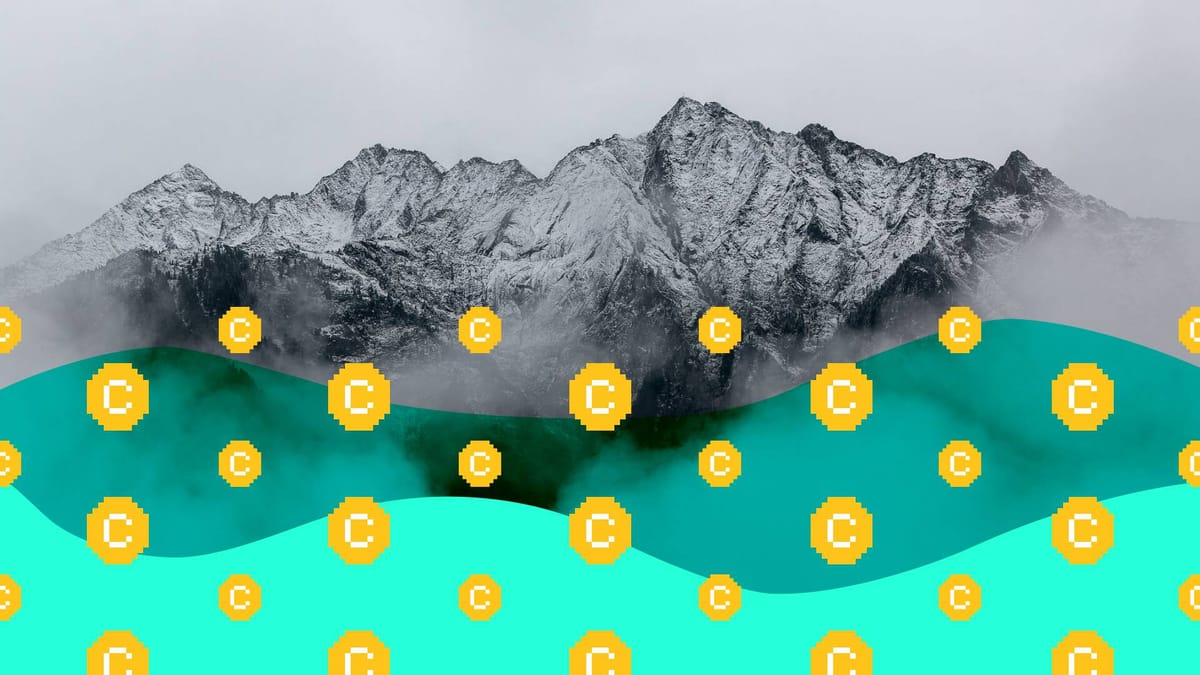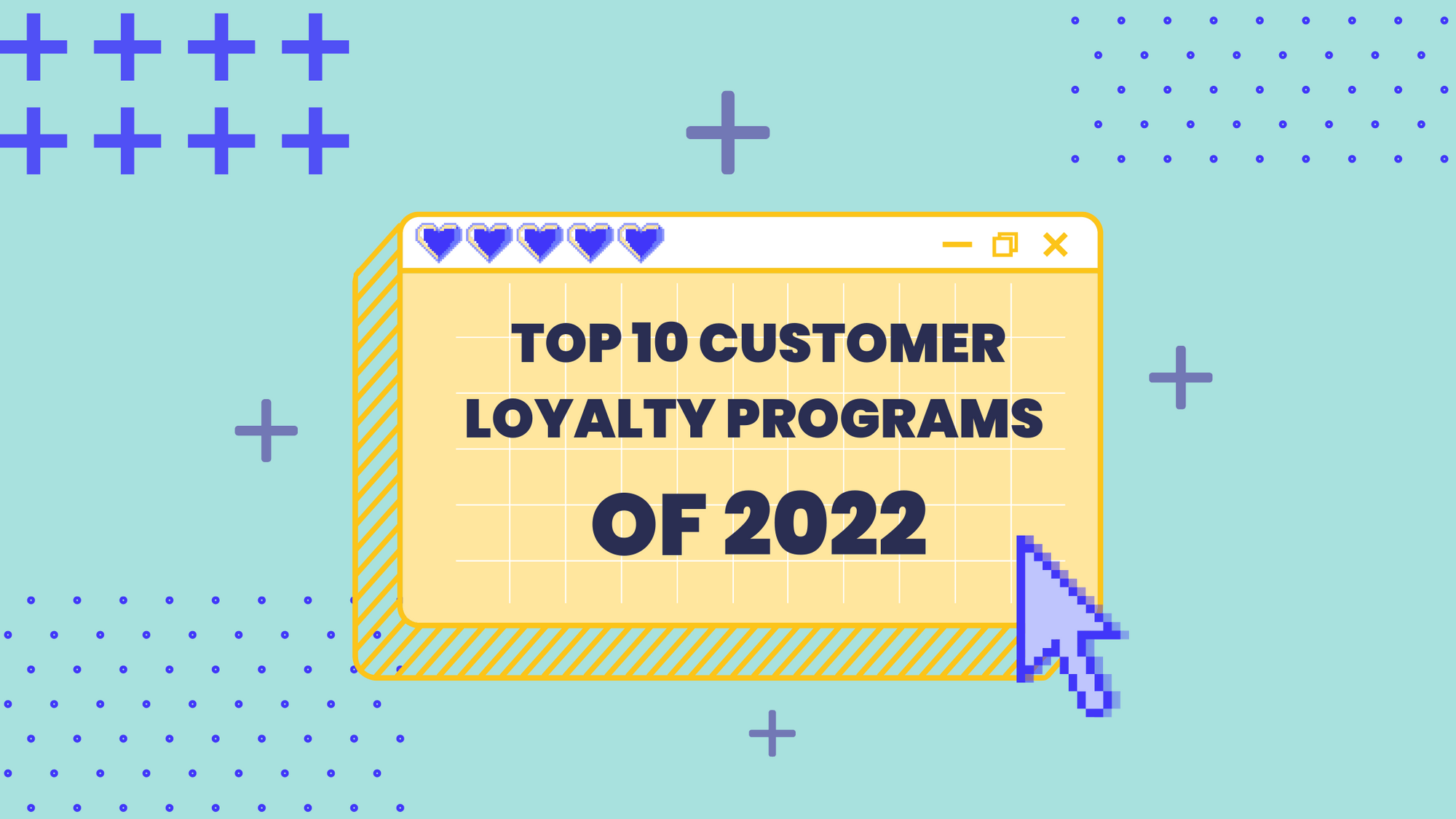As we enter a period of economic uncertainty, one thing will be more important than anything else for small business owners–customer retention. When customers are spending less on discretionary purchases, it’s important to emphasize loyalty. That’s what customer retention is all about–the ability to keep customers coming back to you time and time again.
However, customer retention doesn’t happen overnight—it’s part of a three-stage cycle that we like to call the customer loyalty loop. The process begins with customer acquisition or getting customers to shop with you in the first place. Many merchants focus on this because it’s easy to see an immediate increase in revenue.
The next step is customer engagement. This is the process of providing your customers with something valuable to get them to make a transaction with you–whether this is a social media interaction or a purchase. The ultimate goal of engagement is brand loyalty, which is where retention comes into play.
Because it requires your customers to shop with you over an extended period of time, customer retention can be the most difficult to measure and takes the most time to see positive results. Because of this, it’s best to start implementing customer retention strategies as soon as possible–let’s find out how.
What is customer retention?
Customer retention is about trying to keep more customers for a longer period of time so they spend more at your business over their lifetime. It’s about keeping loyal customers instead of just recruiting new ones.
Customer retention is the opposite of customer acquisition, which is when a brand tries to get new customers. That’s not to say that one should take priority over the other–you can’t retain customers you don’t have. Though it takes more than acquisition alone to grow your business sustainably, and without the ability to engage and retain customers over time your business is bound to flatline.
That’s why customer retention is so important. Knowing what it is and why it’s important can mean the difference between your brand’s success or decline, making it one of the most powerful terms you’ll ever learn as an ecommerce merchant.

Why is customer retention important?
Customer retention usually costs less than spending on acquisition strategies and successfully retained customers are more likely to refer other customers to your business. Referred customers usually have a higher lifetime value than customers that were acquired through conventional channels too.
Keep this in mind–the number one goal and purpose of customer retention is to increase profit. However, there are other great outcomes of retention, like customer satisfaction, loyalty, and brand perception. So if you’re wondering “why customer retention?”, know that investing in retaining your current customers is an investment in increasing your profit, and what business doesn’t love that?
Digital ads are getting more expensive
One of the quickest ways to acquire customers is digital advertising–whether that’s through paid search ads or social media advertising. However, digital advertising costs have continuously increased as more and more brands enter the digital advertising space.
Ecommerce inflation:
— Daniel Chabert | CRO Expert (@Dan_Chabert) February 2, 2023
Your ad costs keep rising but your conversion rate remained the same since 2021.
Global digital ad spending is expected to reach over $680 billion in 2023, meaning that there are a lot of other businesses to compete with for customers’ attention. While digital advertising costs continue to rise, you may want to scale back your ad spend and focus on some other acquisition tactics like organic (non-paid) social media content or a referral program.
Paid ads, if built properly and strategically, can reach your target audience and then convert them into your customers.
To be clear–we’re not saying give up on paid digital ads altogether. They’re a great way to get customers to notice you in the first place. We’re just saying, make sure they’re not your only marketing tactic.

Repeat customers are more profitable
It may come as no surprise, but your loyal customers are more profitable than one-time customers. With an all-time sample size of over 250,000 brands trusting Smile.io for their loyalty program needs over time, we were able to look at customer behavior metrics from over 1.1 billion shoppers. And we found some interesting data.
This means that your most loyal customers who shop and spend with you all the time are generating more than one-third of your brand’s revenue. It’s worth it to keep them around.
This means that your loyal customers aren’t only ordering more often, they’re ordering more per order than your average customers. This is because they know your brand, trust you, and are willing to spend more on the products they know they love or those that they’re willing to try out.
If you want to dive deeper into how repeat customers are profitable, check out our blog reporting these metrics and more from Smile.io merchants.
Customer Acquisition Costs (CAC) doubled in the past 12m.
— Julia MacDonald (@julia_m_mac) February 5, 2023
Why?
• More startups are competing for ad space
• $ spend per startup is increasing
• Customers are spending less
What to do:
• Work on retention
• Double down on referrals
• Come up with a clear Point of View
Retention improves exponentially over time
Since customer retention is a long-term benefit and not a quick fix, the best way to understand its value is to forecast retention-driven revenue. This is an idea we’ve talked about before with our friends at Shopify, but it’s worth revisiting this graph.
In this hypothetical example, let’s say each store has 100 customers buying one $10 item per month. The light purple line represents a store that retains 5% of its customers each month and the dark purple line represents a store retaining 10%
We can see that the 5% increase in retention leads to rapid growth that is hard to achieve with a focus on acquisition only.
As you can see, the longer you work on building a retention strategy the more it pays off. Small changes in retention lead to huge results while focusing primarily on acquisition sees significantly smaller dividends.

How to calculate customer retention
Now that you have a handle on what customer retention is, it’s time to calculate it for your own brand. We’ll run you through a few key metrics that will give you an idea of how well your customer retention is.
Customer retention rate (CRR)
What it is: the percentage of customers that have shopped with you before in a selected time frame.
Why it matters:this metric tells you how many of your customers are returning to your store regularly and a high CRR is the ultimate goal of any loyalty program.
Customer lifetime value (CLV)
What it is: the projected revenue your average customer will contribute over the course of their relationship with your store.
Why it matters: this metric helps you understand how valuable customers are over time. When this number is higher, it indicates that retention is working. If this is close to your average order value, then it tells you very few customers are making a repeat purchase and that there’s room to improve engagement with your existing customers.
Customer churn rate (CRR)
What it is: the amount of customers you’ve lost over a given period of time as a percentage of your total customers.
Why it matters: you want to decrease your customer churn rate by delighting your customers and creating positive switching costs. A high churn rate indicates that you are not retaining customers well and you need to determine how to lower it through retention marketing.
Loyal customer rate (LCR)
What it is: the percentage of customers that are loyal to your brand, defined as making more than 4 purchases within a year.
Why it matters: this metric tells you who your loyal customers are, how many of them you have, and where you need to make changes to better serve your audience. A loyalty program will contribute directly to your LCR, but so will all your retention marketing efforts, so this metric measures the effectiveness of your retention marketing as a whole.
Using strategies, tactics, and tools to increase customer retention
Now that we know what retention is and how to measure it, how do we go about achieving it? We have three methods to increase customer retention–strategies, tactics, and tools. Navigating the retention space is confusing, but it is easy when you approach everything as a retention strategy, tactic, or tool.
Retention strategy:
A retention strategy is a plan designed to achieve the overall goal of retaining customers. Some examples of strategies include increasing your business’ customer experience and increasing your customer referral marketing.
One specific example of a strategy is keeping customers happy so they spend more. Although this is a plan, it doesn’t say how this is achieved (tactics) or what will be used to achieve this (tools).
Retention tactic:
A retention tactic is an action or activity carried out to create retained customers.
An example is checking in with customers two weeks after their last order. This shows what the business will specifically do as an action to carry out the retention strategy. Other examples include giving existing customers discounts or coupons and offering a loyalty program to reward customers for actions.
Retention tool:
A retention tool is a specific system used to carry out customer retention functions. A few examples are using live chat to speak with customers or using gamification mechanics (leaderboards, earning badges, points, etc) in your customer loyalty program. Combining all three gives you the strategy, tactics, and tools needed to achieve customer retention to help your business grow and increase profit.
3 ways to increase customer retention:
— Abhishek Shah (@abhishekshah173) February 4, 2023
Increased personalization
Frequent check-ins
Loyalty programs
What else would you add?
I want to hear some specific tactics.
How a loyalty program can help increase customer retention
Like we said, using a loyalty or reward program is a tactic that uses retention tools like gamification to help you increase customer retention. The best way to understand how this can be done successfully is by looking at an example of a brand doing it well. Pink Lily offers a points program called Pink Perks and they’ve done a good job at making sure the program is relevant to the brand and personal for their customers.
For just signing up for the loyalty program, everyone automatically gets 200 points. Also, Pink Lily offers simple ways to continue earning, such as 5 Pink Perks for every $1 spent, liking the business on social media, or simply writing a product review. Offering points for reviews is a smart tactic because it will keep customers coming back for more products that they can review to earn more points and it provides the social proof future customers need to make a purchase. It’s a win-win for both Pink Lily and the customer.
They’ve also incorporated gamification by creating a VIP tier program. When customers make it to a new tier, they earn a gift. This motivates customers to continue shopping so that they can make it to the top of the tier and receive the best rewards. Who doesn’t love that?
These types of incentives offered through a loyalty program are what help a business with customer retention. When they continue to offer rewards for repeat shoppers, it’ll keep them coming back for more. These tactics and tools, along with others, will give you the foundation you need to find customers who will continue to be loyal to your brand for their lifetime.

Retention is a way of thinking, not a single action or decision
An effective customer retention strategy is designed to achieve the overall goal of retaining more of your current customers. Through a combination of tactics and tools, you can easily integrate it into other parts of your business and unlock the success you’ve always dreamed of.
If you want to make good money, study customer acquisition.
— Phillip Rivers 💡 (@thePhilRivers) January 30, 2023
If you want to make great money, study customer retention too.
Ultimately, customer retention is not tied to a single decision you make. Instead, it’s the result of combining other acquisition and customer engagement strategies to encourage more customers to choose you over your competitors. As one piece of a bigger plan to acquire, engage and retain more customers, customer retention is success worth waiting for and can be the piece of the puzzle that sustains your ecommerce business for years to come.
Editor’s Note: This post was originally published July 29, 2014 and was updated for accuracy and comprehensiveness on February 24, 2023.









